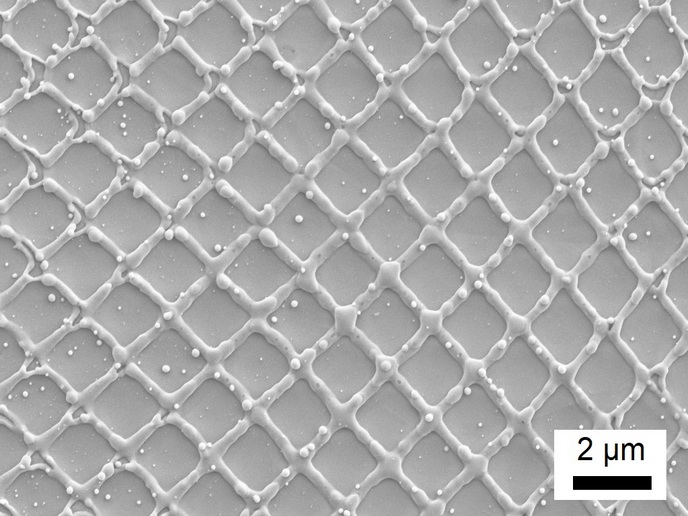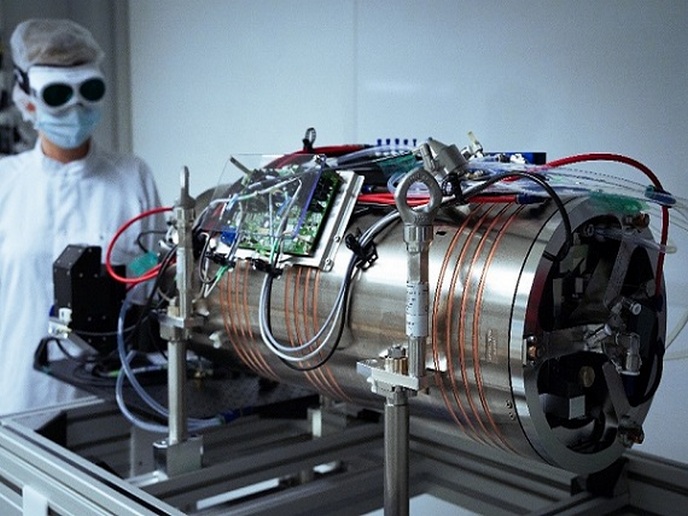Microfluidics for better bioprocessing
Microreactor technologies for process intensification provide improved mixing and heating capabilities in very small spaces (often less than a millimetre of volume). This means exquisite control and higher yields with lower energy consumption. Further, the technologies support continuous mode processes rather than standard batch processing for even greater efficiency with less downtime and recalibration of equipment. Finally, they are ideally suited to small-scale screening reactions. Microfluidic enzyme reactors are a great platform for intensification of biocatalytic processes in which nature's catalysts (enzymes) are exploited to produce high-value specialty chemicals. The EU-funded project BIOINTENSE(opens in new window) (Mastering bioprocess integration and intensification across scales) was launched to increase biocatalyst productivity and process intensity. With optimised tools and protocols that are widely applicable in industry, the team will enable cost-effective processes and shorter development times. Given that the use of microsystems is quite immature, scientists plan to greatly enhance fundamental understanding of the relationships among reaction, biocatalyst and process characteristics. The team chose to develop the technology in the context of transaminase-based synthesis of chiral amines, a reaction of major importance to the pharmaceutical and other high-value chemical industries. Researchers studied the model system using a variety of substrate-product combinations to explore various strategies to overcome current bottlenecks. Scientists established the process boundaries for operation. Microfluidic systems are currently being optimised, but reactions have already been run successfully in preliminary versions. Measurement systems are being developed in parallel, and innovative oxygen probes have been successfully implemented for process monitoring. Kinetic models will be used to more rigorously evaluate the groundbreaking microfluidic bioreactor systems. BIOINTENSE researchers are spreading the word about the benefits of using microsystems for bioprocess intensification at newly organised conferences. These include the 1st International Symposium on Transaminase Biocatalysis and the 2nd International Conference Implementation of Microreactor Technology in Biotechnology – IMTB 2013. In the end, researchers will deliver an innovative new platform for testing new transaminase reactions and their biocatalysts in microfluidic modular format. The associated software and hardware along with guidelines for operation are expected to find broad interest within the fine chemicals industries.







